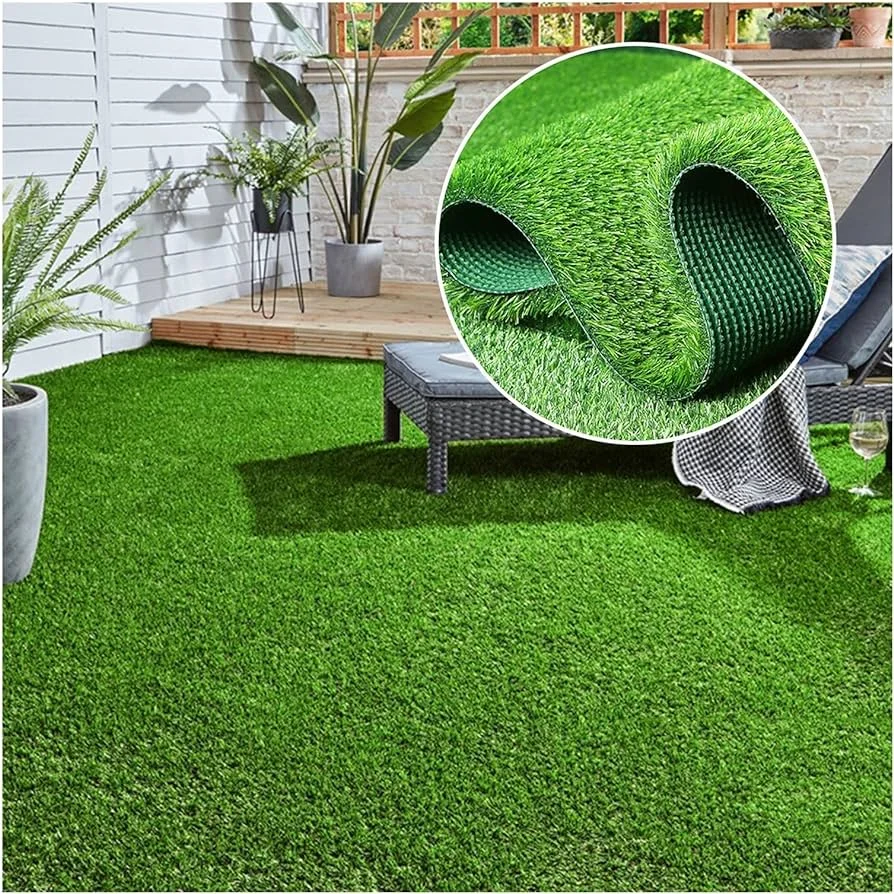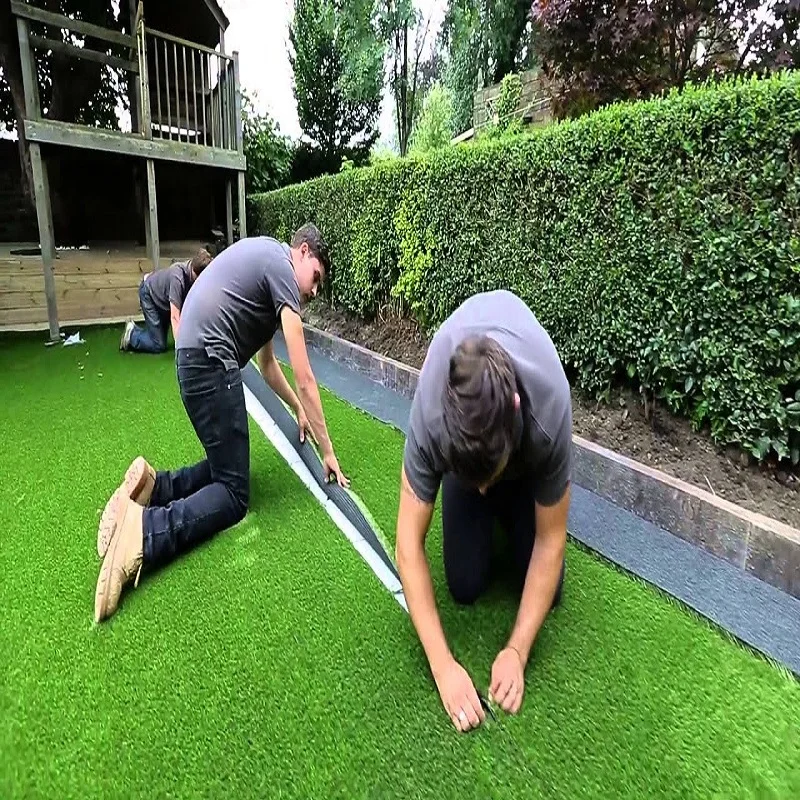At Risala furniture, we have all that you need. We have different types of Artificial football grass that perfectly fits into your pocket and desirable properties like durability, maximum stable surface for less injury, and Weather friendly so that rain or shine doesn’t affect your game.
Football Soccer Artificial Grass
Home / Football Soccer Artificial Grass
ARTIFICIAL FOOTBALL GRASS FOR SPORTS AND PHYSICAL FITNESS
Athletes used to shun playing on artificial football turf in the initial periods. Players frequently experienced serious turf wounds on their arms and other exposed body parts
Developments in artificial football grass over the last few years have made it much simpler to continue playing; in many circumstances, artificial soccer grass can be superior to genuine grass. Let’s learn more about artificial football grass.
What is artificial football grass ?
A ground consisting of synthetic fibers and meant to emulate natural grass is called artificial grass. Sports originally played on grass or performed on grass are most frequently played in arenas. The regulatory agencies have allowed superior artificial grass flooring for international matches and synthetic turf is being utilized for complete fields, training spaces, mini football fields, and foosball complexes.

Types of Artificial football grass
Artificial grass fibers for football pitches come in three primary varieties: monofilament, fibrillated, and monofilament with a stem. The range of uses will vary since these three types of fibers perform in a variety of ways

- The monofilament grass fiber is extremely fine, has a greater density, and has a generally high level of realism. Compared to natural grass, it has a longer lifespan and greater wear resistance, but its cost is higher.
- The fibrillated grass fiber resembles synthetic tying rope in appearance. The weave is the primary form of the cross-section. In general, it is less expensive than monofilament.
- The production of monofilament grass fiber with a stem is more difficult, necessitating an additional step. The artificial grass surface is kept elastic by the monofilament grass fiber’s stem, which can help increase wear resistance.
Why is artificial football grass important? See what perks it offers?

- Around the world, there has been an increase in the use of artificial football fields in stadiums, schools, and public sports facilities. The numerous advantages for football players, fans, and your money rapidly outweigh the initial expenditure.
- Whether friendly: Football matches are played all year long on artificial grass, rain, or shine outside. In contrast to natural grass, artificial grass doesn’t require watering, so you don’t have to worry about the weather. The football schedule is unaffected for this reason. Rearranging games for different fields do not take up unnecessary time.
- Save pennies: When the revenue from outside contracts is taken into account, commercially available synthetic turf fields have proven to be a lifeline for schools and groups. Additionally, most playing surfaces may accommodate numerous sports fields to host more than one sport; for instance, rugby and football complement each other quite well.
- Improve your club experience: The cheaper maintenance expenses of the artificial football fields allow clubs and schools to reinvest that money in neighborhood-enhancing initiatives. Due to its year-round accessibility, renting out space to other organizations might generate additional income.
- The stable and dependable playing surface: Heavy foot traffic is really bad for a natural football field. Ruts and irregularities in the surface are unavoidable because cleats dig into the ground during every practice and game. Artificial grass will be a huge showstopper if you’re sick of filling in divots and maintaining a level playing surface.

